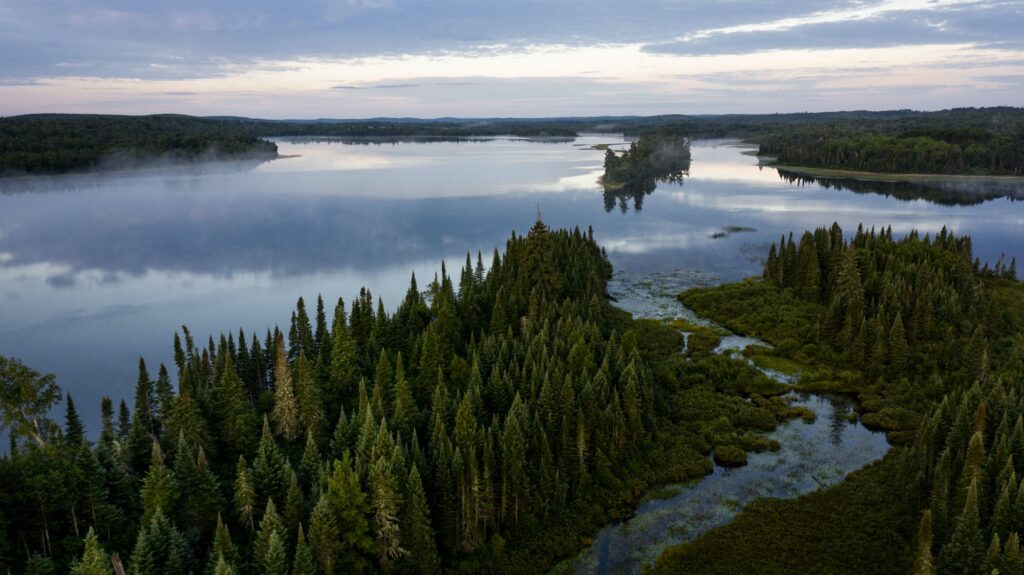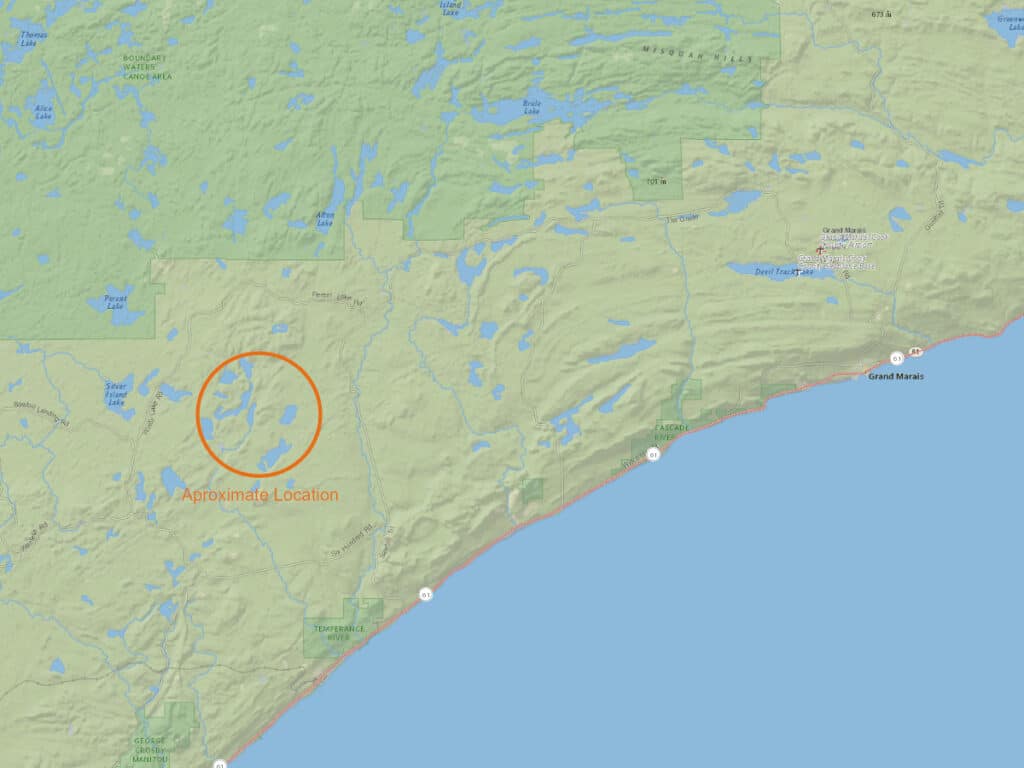
More than 2,000 acres of forests, wetlands, and open water in northeastern Minnesota will be protected in perpetuity, thanks to a retired forestry professor and The Nature Conservancy.
Landowner Mike Freed sought to ensure the land would be preserved by selling the land below market value to the nonprofit, even though it contains several attractive homesites and broad tracts of forest. He purchased the property in 1994, when it was advertised for subdivision and development.
The parcels in the Superior National Forest west of Tofte include six wild lakes with undeveloped shores, which ultimately drain into the Temperance River and Lake Superior.
“On the shorelines you can still see the rare bog plants and golden tamarack trees with that quite muted golden orange of the larch needles in the fall,” Freed told the Star Tribune. “It’s beautiful.”
Most of the parcels are near 600-acre Fourmile Lake, where there is a small National Forest rustic campground.
The land in Cook County, not far from the Boundary Waters Canoe Area Wilderness, is surrounded on almost all sides by federal land. It fills in the gaps in a 30,000-acre block of undeveloped public lands. Its protection will help ensure the forest remains wild enough for animals like wolves, moose, and Canada lynx.

Keeping large tracts of wild lands intact is a priority for conservation in northeastern Minnesota.
“It’s going to be fragmented, somebody’s going to build a cabin, punch a road in,” Freed said. “That’s land fragmentation. That destroys the complexity of the habitat. That’s what I wanted to avoid.”
Roads and buildings can significantly disrupt the ecosystem, especially as the world faces other challenges. The Nature Conservancy and Freed say the land can both help reduce and mitigate climate change.
“When we start punching holes into this intact forest, you create barriers for movement. In climate change, species need to be able to move,” said Jim Manolis of The Nature Conservancy.
A recent analysis released by The Nature Conservancy found the northeastern tip of Minnesota will be a critical area for maintaining habitat connections in a changing climate.
“The Boundary Waters was a place that became the center of the Earth for me,” says Freed.
But his life and work took him elsewhere around the country, and working as a professor and department head threatened to consume his time. He started hiking all summer to compensate, and has hiked the Appalachian Trail multiple times. Freed wanted to make sure he left the land in the hands of “someone who can take care of it.” That will be The Nature Conservancy, which may ultimately sell it to the Forest Service, or may not. The 80-year-old now lives in Minnesota again, and is selling the land at a “significant” discount as a gift to all citizens of the state.
“This area is very important to the psyche and the emotional needs of a lot of people in Minnesota,” Freed told WTIP. “I’ve been privileged to take care of this land and I want to pass it onto someone who can continue to care for it.”
The Nature Conservancy says it may practice some sustainable logging on the lands, intended to promote species diversity and wildlife habitat. It will otherwise be open to hiking, hunting, and fishing, just like the surrounding Forest Service lands.
More information
- The Nature Conservancy acquires land near BWCA in Cook County – WTIP
- Nature Conservancy buys more than 2,000 acres of land in Superior National Forest – Star Tribune
- Nature Conservancy buys 2,110 acres in heart of Superior National Forest – Duluth News Tribune
- Northeastern Minnesota’s wild areas key to climate resilience – Duluth News Tribune

